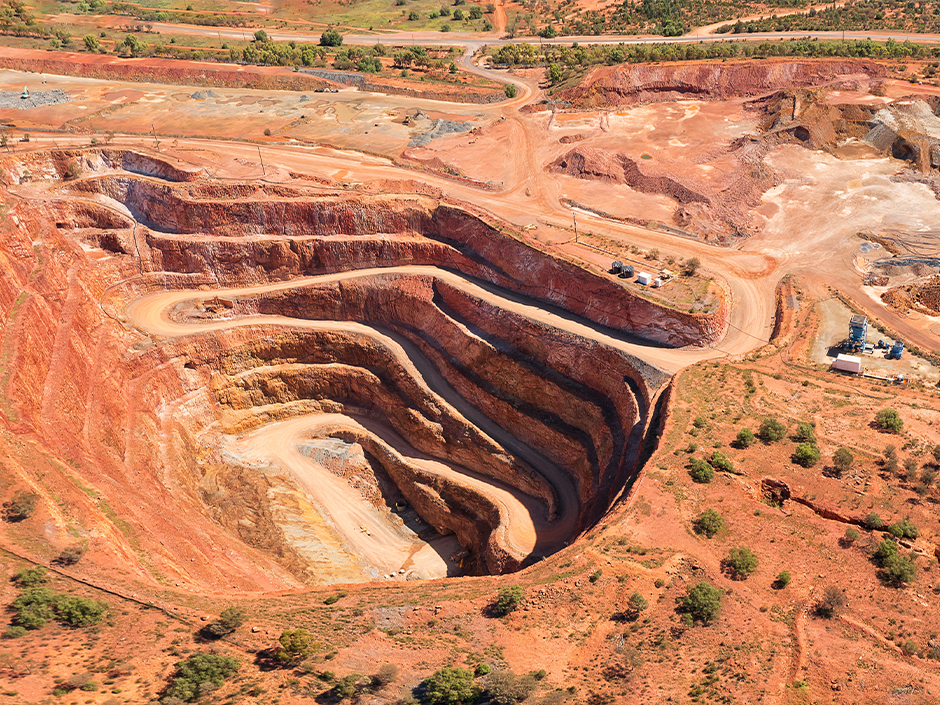
If we are to meet net zero by 2050, we must end our reliance on fossil fuels and radically ramp up the production of renewable energy. This is a critical factor in helping us to limit global warming to two degrees – and avoid the worst impacts of climate change – within that timescale. But how to accelerate the energy transition in a way which is both socially equitable and causes the least environmental damage is one of the greatest challenges of our time.
Renewable energy sources – the most promising of which are solar and wind energy – require critical minerals. To succeed in the energy transition, we will need more of these materials than ever. This paper focusses on mining for copper, lithium and nickel. It is important to note that while we must scale up mining for critical minerals, the goal is to decarbonise our energy system, and this will result in much less mining overall. For instance, coal extraction currently accounts for over 97% of total ore extraction.
Mining for critical minerals needs to be scaled up because we do not yet have enough above-ground resources to fulfil demand for these materials. Increasing recycling will alleviate pressures to a certain extent. However, given that mining projects can take decades to evolve from prospect to plan, and plan to project, it imperative that we need to find ways in which the mining industry can responsibly increase critical mineral production as soon as possible to avoid slowing down the energy transition. As mining industry timelines prevent a rapid response to increased demand, the industry will require social support and technological assistance to meet energy transition requirements.
Understandably, given the locations of critical mineral resources, there are concerns about the social and environmental impacts of an increase in such mining. The paper explores these challenges and offers inclusive solutions including: intervention measures aimed at innovation, with a particular focus on reducing the environmental impacts of mining; and social and community impact and engagement.
In concluding, the author calls for:
- investment in mining-related research and development, supported by the formation of new, interorganisational collaborations and innovation ecosystems;
- encouraging governments to invest in capacity to govern the mining industry;
- supporting initiatives that encourage the growth of mining-related skills, such as geology and metallurgy, especially for people whose lives and livelihoods may be particularly affected by the energy transition;
- the facilitation of conversations between mining-affected communities and mining companies leading to better benefit sharing agreements; and
- working with voluntary initiatives attempting to establish less environmentally detrimental mining standards.
- Increasing the supply of critical minerals is necessary if we are to successfully transition away from a dependence on fossil fuels and it must be done rapidly, but equitably.